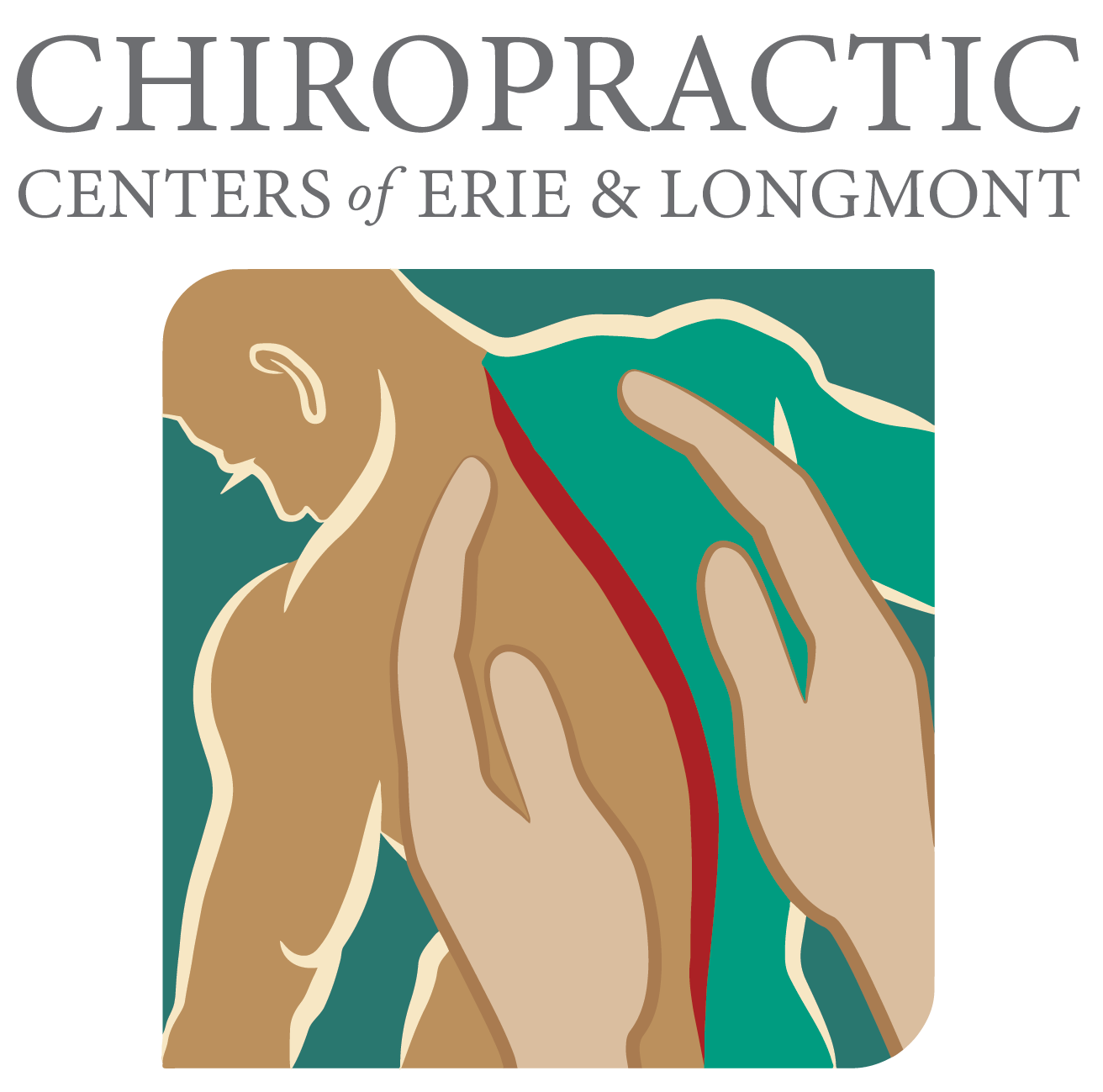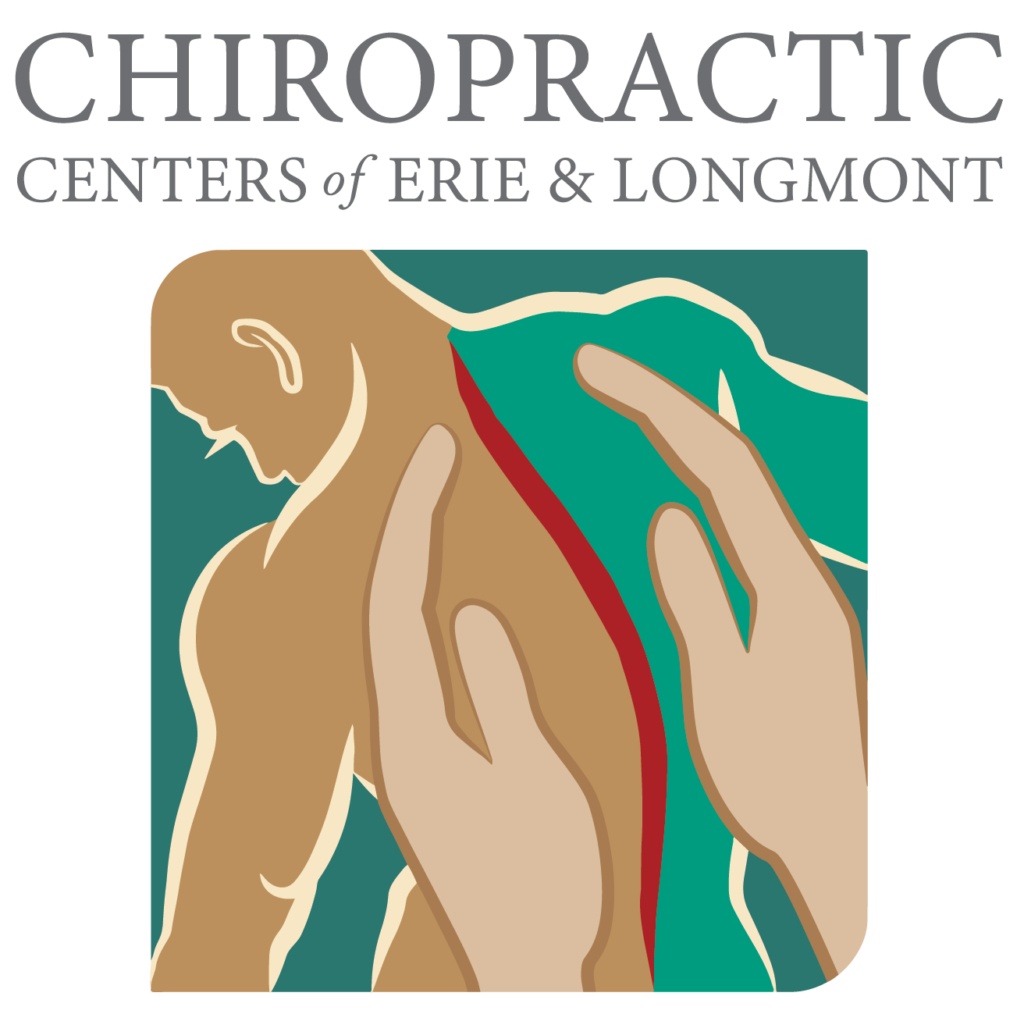Chiropractic Adjustment

We all know the importance of a healthy spine and its importance in maintaining our quality of life, but do we really understand how chiropractic adjustments can help us and the potential side effects associated with them? In this post, we will be exploring the benefits, side effects, and science behind chiropractic adjustments. For those with chronic pain, muscular aches, and tightness, regular chiropractic care can be a cost-effective and natural way to reduce pain and improve range of motion. But before you decide that it is the best option to manage your symptoms, let us get into the practical details of how chiropractic adjustments work and the potential side effects they can cause.
Quick Response
Chiropractic adjustment is an alternative therapy used to treat musculoskeletal issues such as back pain, neck pain, and joint pain. During this procedure, a chiropractor uses their hands or instruments to apply gentle pressure to the affected area to correct misalignments of the spine.
What is a Chiropractic Adjustment?
What is a Chiropractic Adjustment? A chiropractic adjustment, also referred to as spinal manipulation, is a therapeutic practice in which a chiropractor manipulates the patient’s spine with their hands or a small instrument. The purpose of this manipulation is to gently realign vertebrae and reduce misalignment. Proponents of chiropractic adjustment say that it can have a positive effect on a person’s health; specifically, it can reduce the pain and discomfort associated with muscle tension, migraines, and back pain by providing relief from pressure on the nerves.
Ultimately, understanding more about how chiropractic adjustment works and what kinds of treatments are available can help inform your decision about whether or not to pursue this treatment approach. With this knowledge in hand, let us now explore the diverse types of adjustments so you can make a more educated decision about finding the best treatment for you.
Types of Adjustments
Chiropractic adjustments come in a variety of different forms, allowing chiropractors to tailor their treatments to the specific needs of their clients. While some adjustments are best suited for acute issues, other techniques are more appropriate for chronic conditions. The following are some of the more common types of chiropractic adjustments used:
The cervical manipulation technique is the most frequently used technique and involves manipulation of the neck which works to realign vertebrae that may have shifted out of position. This type of adjustment is typically used for treating back and neck pain as well as headaches.
Mobilization is a gentler form of adjustment that uses passive movements to help restore a joint’s range of motion and improve overall mobility. This type of chiropractic care can also reduce pain and inflammation while helping with postural alignment problems.
Flexion Distraction is another less aggressive form of manipulation that uses thrusts applied over a longer period to reduce pressure on joints or discs that may be herniated or bulging. This technique helps to decompress the spine, allowing it to better absorb shock while also improving motion range.
Finally, Trigger Point Therapy uses massaging and stretching to target specific areas where tension has built up, usually due to trauma or injury. This technique helps to release tight muscles thereby helping to alleviate chronic muscle tension and even trigger points associated with radiating pain down an arm or leg.
No matter what type of adjustment is used; it is important for patients to pursue holistic care from their chiropractor to maximize their health benefits. As such, many chiropractic practitioners will use a combination of adjustments tailored specifically to each patient’s individual needs. From cervical manipulation to trigger point therapy, there are several types of chiropractic adjustments available – each with its own unique benefits. Although there is much debate about which techniques work best for certain conditions, research has consistently shown that all types are generally safe and effective when performed correctly.
Moving forward then, manual manipulation is often one component within a broader treatment plan designed by the chiropractor to improve your musculoskeletal health. In the upcoming section, we will discuss further details regarding this vital component – manual adjustments – so stay tuned as we uncover more information about how they can benefit your body’s healing process.
Manual Adjustments
One type of adjustment that chiropractors often use is manual adjustments. In a manual adjustment, chiropractor uses their hands to manipulate the joints in the spine, usually with a quick and gentle thrust. This type of adjustment aims to restore the mobility of joints that may have become stiff and immobile due to factors such as injury, disease, or simply aging. Unlike instrument-based adjustments, which can be performed without the chiropractor’s direct contact with the patient, manual adjustments require direct contact between the practitioner and the patient.
Proponents of manual adjustments argue that they are more effective than instrument-based adjustments as they allow for more direct manipulation of the affected joint. Additionally, as it requires physical contact between doctor and patient, manual adjustments also allow for an emotional connection between parties, leading to an increased sense of moral responsibility and assurance on both sides of the table. Some studies have also indicated that manual adjustments may lead to greater reductions in pain than instrument-based treatments.
Like any treatment option in health care, the decision over whether to proceed with a manual or instruments-based adjustment is ultimately up to the individual patient. It is important to note however that many practitioners prefer manual adjustments due to their versatility and ability to provide maximum benefit without causing further damage or discomfort during treatment. Regardless of which type of adjustment is chosen, however, effective communication between patient and doctor will ultimately determine how successful an adjustment session ends up being. As we move forward on this topic now let us take a closer look at another common method for making spinal manipulations–instrument-based adjustments.
Instrument Adjustments
In addition to manual manipulations, instrument adjustments are another type of chiropractic adjustment. Instrument adjustments involve the use of a hand-held device specifically designed to deliver a targeted and calibrated force to the body. Some instruments vibrate at a certain frequency and pressure, while others may provide an audible “pop” like that of a manual adjustment. The goal of this type of adjustment is different from manual adjustments – instead of trying to relax tight muscles, it seeks to cause reflexive muscle contractions by stimulating precise points on the spine or other areas.
Studies have revealed mixed results regarding the efficacy of instrument adjustments. Some research shows that these adjustments may be effective in treating certain joint dysfunction and neck pain, though further studies are needed for conclusive results. One crucial factor in assessing potential risks associated with this method is proper implementation. Patients should always be monitored closely by their practitioner during any type of chiropractic treatment so that they can make sure that no undue harm occurs when using instruments such as handheld precision adjusters.
Benefits of a Chiropractic Adjustment
Chiropractic adjustments offer a wide range of potential health benefits. As with any other treatment, these benefits depend on the exact technique used, the condition being treated, and the individual receiving treatment. Instrument-assisted chiropractic adjustments can be beneficial for people with neck injuries and problems with musculoskeletal alignment. Some believe this type of adjustment is more effective than manual adjustments, leading to faster healing times.
One of the main advantages of an instrument-assisted adjustment is that it can potentially target specific areas more accurately than manual techniques. Since the instruments are designed to reach places that a practitioner’s hands may not be able to access due to tissue constrictions or misalignments, this can make it a more effective option for certain conditions.
The effectiveness of both manual and instrument-assisted chiropractic adjustments will vary from person to person, so it’s important to consult your chiropractor before making a decision about which type of adjustment is best for you. While results from the two types may vary, both options offer potential benefits for those suffering from musculoskeletal alignment issues or neck pain.
No matter which type of adjustment is chosen, chiropractors strive to improve spinal alignment and posture for all their patients. This goal of improved joint mobility and muscular comfort can be achieved through targeted treatments designed to correct any misalignments or imbalances in the body’s musculoskeletal system. By doing so, patients can experience long-term postural benefits as well as relief from neck pain and other musculoskeletal problems — and the next section will discuss these kinds of improvements further.
Improved Posture & Neck Pain Relief
The benefits of chiropractic adjustment techniques extend beyond pain relief, offering valuable help for improving posture as well. Postural imbalances often lead to dysfunction and discomfort in the neck and upper back, and a chiropractic adjustment can help correct these imbalances, thus relieving neck pain too. Improved posture has a variety of long-term health benefits, such as reducing fatigue and helping maximize one’s overall efficiency throughout the day. By realigning the spine and correcting the imbalances caused by improper alignment due to desk woes or athletic strains, chiropractic care can improve posture drastically.
Chiropractors have also seen remarkable success in eliminating chronic neck pain symptoms with regular chiropractic treatments. Certain individuals may find enormous benefits from regular adjustments while others might find that they need other types of treatment, such as physical therapy or massage.
Regardless of someone’s individual preferences and condition, it is recommended that those suffering from persistent neck pain visit a chiropractor that they trust in order to determine if they would benefit from spinal adjustments. In any case, improving posture will always be beneficial for your overall health and should always accompany pain management treatments long-term.
Whatever the cause of your postural misalignment, chiropractic treatment not only has the potential for immediate pain relief but also long-term health benefits that are often overlooked: increased efficiency throughout the day and an improved sense of well-being overall. An emphasis on proper posture that accompanies chiropractic adjustment surely holds endless improvements for anyone seeking a higher level of comfort and relaxation in everyday life. As more research continues to come out in favor of its effects on postural alignment and structural balance, taking advantage of chiropractic treatments might be just the thing you need to move towards optimal health holistically. With all these benefits of improved posture combined with enhanced nervous system function together through chiropractic treatment, such non-invasive treatments can bring about remarkable healing outcomes when applied correctly over time.
Enhanced Nervous System Function
In addition to improved posture and neck pain relief, chiropractic adjustment can also bring about enhanced nervous system functioning. This is in part due to the spinal adjustments restoring an optimal alignment of the spine which improves nerve conduction by allowing for better interactions between the nervous system, tissues, and muscles. Enhanced nervous system functioning also enables improved performance and reactions from surrounding muscles as well as improved communication from the brain to these structures.
One research study found that chiropractic manipulations on cervical spine-related conditions provided evidence of enhanced sympathetic reactivity and parasympathetic recovery compared with pre-manipulative levels. This implies that chiropractic adjustments may help to regulate your body’s nervous system response allowing you to manage stressors in life.
Looking ahead, though it remains inconclusive at this point whether generalized nervous system health benefits stem from a chiropractic adjustment- there is certainly potential for further investigation into this matter. As we explore deeper into this field, it is important to consider the risks associated with a chiropractic adjustment before moving forward with treatment.
Most Important Highlights
Chiropractic adjustments may enhance nervous system function, according to some studies. The cause of this potential improvement is likely due to the improved alignment of the spine allowing for better communication between the nervous system, tissues, and muscles.
How to Prepare for a Chiropractic Adjustment
Prior to a chiropractic adjustment, it is important for patients to take proper steps to prepare. Preparing for the appointment can help ensure a safe and successful outcome. It is important to be aware of potential risks as outlined previously in this post; however, with the right knowledge and preparation, the risks are minimal compared to the benefits associated with receiving a chiropractic adjustment.
When first visiting a chiropractor, patients should bring along their medical history in order to provide the practitioner with an accurate picture of their overall health. This allows the practitioner to accurately assess the situation and determine what type of treatment would benefit the patient most.
Patients should also wear appropriate clothing for the appointment such as loose-fitting garments that allow for easy access to any targeted areas. It is also wise to inform practitioners of any medications or supplements being taken prior to beginning treatment.
Before beginning a chiropractic adjustment, practitioners typically ask questions regarding the patient’s health and well-being. These questions can range from topics such as overall health concerns, lifestyle habits, and details concerning any injuries or chronic conditions present. In order to accomplish the desired results, practitioners must have a clear understanding of the patient’s current condition before moving forward with treatment plans.
After the initial assessment period, practitioners will lay out their vision for treatment and explain certain steps that need to be taken in order to reach desired outcomes. Patients then have time to review all instructions and ask questions before signing off on treatment plans. This ensures that all parties involved are on the same page and understand both short-term goals as well as long-term plans if necessary.
Overall, proper preparation is key when approaching a chiropractic adjustment session. Patients must take ownership of their well-being by doing research prior to appointments as well as providing practitioners with accurate background information before beginning sessions. With these steps taken, individuals can protect themselves against any potential risks associated with chiropractic adjustments while reaping all its potential rewards.
Services
What We Treat
Patient Types
FAQ
Common Questions Answered
The potential benefits of chiropractic adjustment are numerous and include reduced pain, improved mobility, and enhanced overall well-being. A chiropractic adjustment helps restore the normal alignment of the spine, relieving nerve pressure and restoring the body’s natural healing process. This can help to reduce pain, inflammation, and muscle tension in the back and neck, allowing for better postural alignment and increased joint function. Regular adjustments may also lead to an improved range of motion, as well as reducing stress levels within the body as a whole. Additionally, chiropractic adjustments have been linked to improved digestion, fertility, balance, and coordination, strengthened immunity, improved sleep quality, and an overall sense of well-being.
A chiropractic adjustment typically involves the use of a hands-on technique or using precision instruments to manipulate the spine and other joints, often with an accompanying cracking sound. During an adjustment, a chiropractor applies gentle force to targeted areas to restore joint alignment and flexibility. Adjustments can be used to alleviate pain and increase range of motion as well as address potentially related health issues such as muscle spasms, headaches, dizziness, whiplash, back pain, sciatica, sports injuries, and more. As part of their healthcare philosophy, chiropractors view the body as a cohesive unit and thus they often focus on high-impact treatments that affect the whole body — the spine included. Chiropractors also recommend lifestyle modifications such as exercise and nutrition to help achieve optimum health outcomes.

